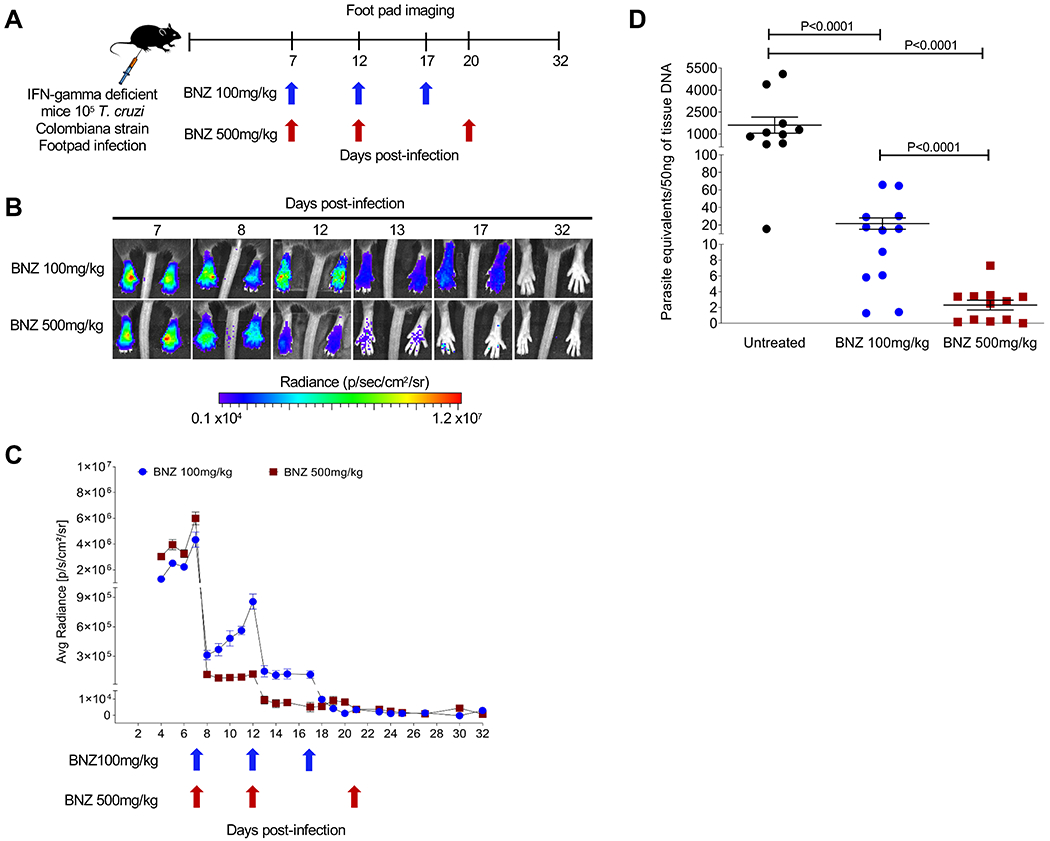Fig. 1. Effect of varying the frequency and dosage of BNZ administration on the control of T. cruzi infection in mice.

(A) Schematic of infection, treatment and footpad imaging. IFN-gamma deficient mice (5 mice in each group) were infected in the footpads with 105 trypomastigotes of the Luciferase-expressing Colombiana strain of T. cruzi and treated at indicated time points with either 100 or 500mg/kg oral BNZ. (B) Representative images showing footpad bioluminescent signal before and after treatment. The heat map is on a log10 scale and indicates the intensity of bioluminescence from low (blue) to high (red). (C) Parasite bioluminescence quantification following D-luciferin injection was measured at various times post-treatment in the footpads of mice infected and treated. Each data point represents the mean of 8 footpads bioluminescence from four mice expressed on a logarithmic scale. After subtraction of the background signal, the average radiance measurements (photons/second /cm2/sr) were quantified. Data are shown as mean ± standard error of the mean. (D) T. cruzi DNA determined by quantitative real time polymerase chain reaction in footpads of untreated or treated mice at 12 days post-infection (5 days post-treatment). C57BL/6 wild-type mice (10-12 mice in each group) were infected in the footpads with 103 trypomastigotes of the Brazil strain of T. cruzi and left untreated or treated at day 2 post-infection with a single dose of BNZ at 100 or 500mg/kg concentration. A statistically significant difference was set at p=0.05.
